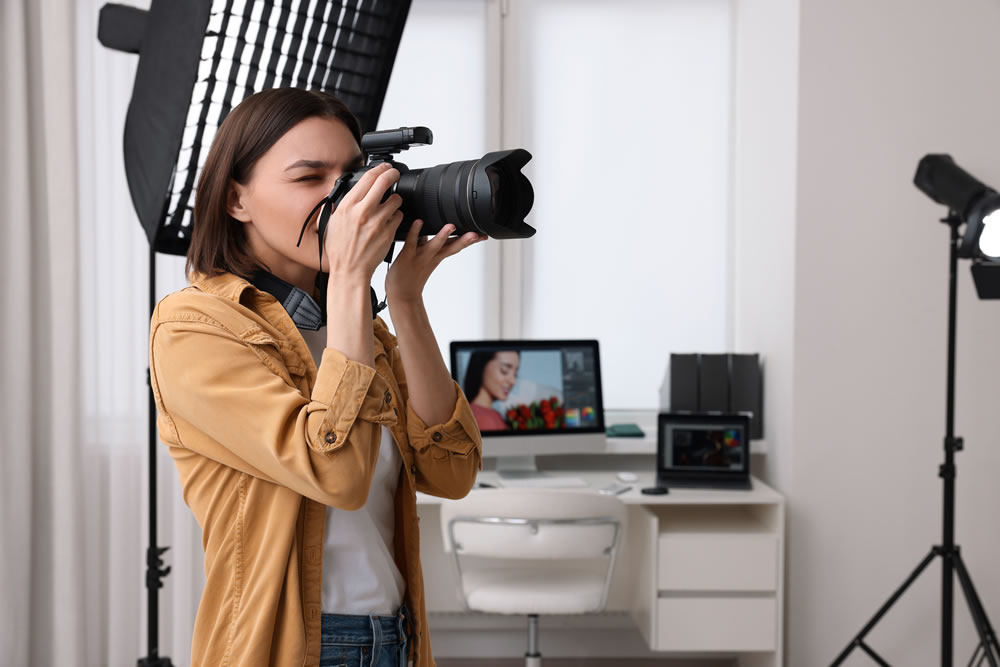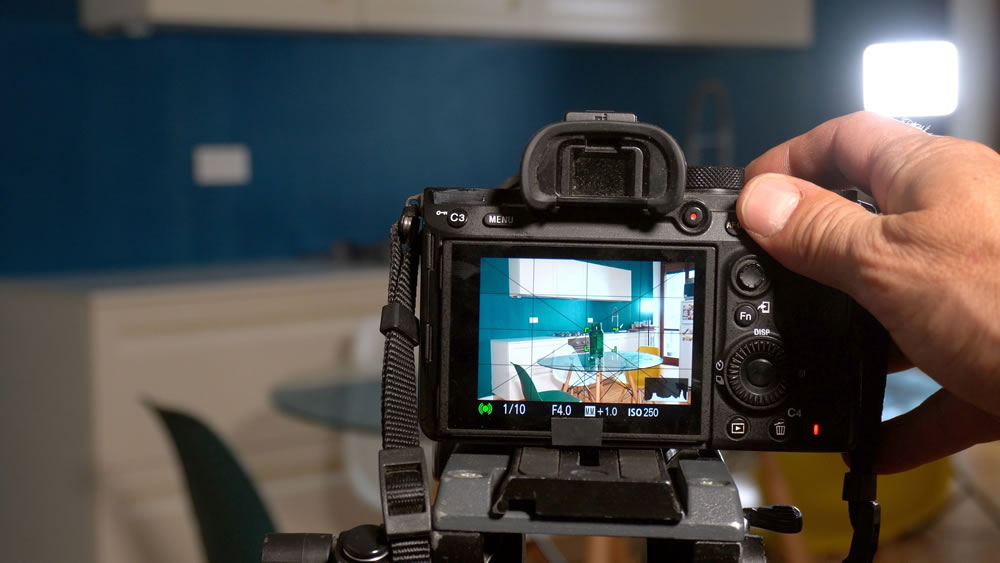Natural light is essential to creating exceptional photos. Interior photography is a great example. Natural light can transform a room by establishing mood and vibrancy.
This article will explore the methods of transforming ordinary rooms into frames that are visually stunning.

What is so Special about Natural Light?
Natural light enhances colors and contrasts. It also adds an authentic touch that is often missed by artificial lighting. The availability of natural lighting is not always in our control. Incorporating elements such as these interior blinds will have a significant impact on how natural light enters a room.
You can control the intensity of the light and the direction it is coming from with these blinds, which will create the perfect atmosphere for your photos.
Interior Space Assessment
Assess the light sources available in the room before you begin shooting. Determine the direction of natural light and how it interacts on different surfaces. Consider the following:
Windows And Doors
Windows and doors have a significant impact on the lighting dynamics in a room. By observing how the light enters these openings, and noting variations during the day, you can gain insights on how to optimize the light available for photography.
Window treatments, such as shutters, can provide additional control of the amount and direction of light that enters the room. Size, type and treatment of doors and windows can also affect the quality and quantity of light that they let in.
Mirrors and Reflective Surfaces
Mirrors, and surfaces with reflective qualities can bounce light around a room to create interesting effects and brighten dark corners. These elements can be strategically placed to manipulate light paths, enhance the illumination of the room and add depth and dimension in your photos.
Color and Texture of Walls
The texture and color of the wall can have a significant impact on the brightness. The lighter colors reflect more light. This can create a more vibrant atmosphere.
Darker and more textured surfaces can absorb light and create dramatic shadows, reducing the overall brightness. Understanding how light interacts with a space can help you anticipate its behavior and adjust your composition accordingly.
Furniture and Decor
Furniture and decor, as well as their placement and materials, can have a significant impact on the amount of light in a space. Reflective or shiny surfaces can be used as secondary sources of light. Dark, matte finishes can absorb light and reduce brightness.
Room Design and Architecture
The layout and architectural design of a space are crucial in determining how much natural light enters the room. Large windows, open floor plans and high ceilings allow more light to penetrate, while small, compartmentalized rooms may restrict the amount of light.

Camera Equipment and Settings
It is important to choose the correct camera settings and equipment in order to achieve the desired result. Here are a few recommendations:
Camera Settings
A lower ISO will reduce noise in your photos, and a wider aperture will allow more light to reach the sensor of your camera, which is essential for well-lit pictures. A slower shutter speed also helps to capture finer textures and details in the image.
Tripod
A tripod is important for stability, especially when you are shooting with slower shutter speeds. This prevents camera shaking, which results in sharper pictures.
Reflectors and Diffusers
It is beneficial to incorporate reflectors and diffusions into your photographic setup in order to manipulate light. Reflectors bounce the light back onto your subject to fill in the shadows. Diffusers diffuse the light, softening the shadows.
The quality of interior photos can be improved by using these settings.
Composition Techniques
Interior photography is all about composition. Framing your photos to balance dark and light areas and maximize light capture is important. Use windows, doors and other architectural elements to enhance the lighting. Try different angles and perspectives in order to achieve the best light.
Post-Processing Tips
Post-processing is the process of fine tuning your images . To correct color imbalances, adjust exposure and white balance. To add depth and detail, enhance shadows and highlight tones.
Analysis of successful interior shots provides valuable insight. Apply the techniques you learn from photographers who use natural light to create moods and atmosphere to your own work.
In summary,
It is an art as well as a science to capture natural light for interior photography. It takes a keen eye for details, a knowledge of the nuances of light, and an ability to adapt to changing circumstances.
You can create stunning interior photos by controlling the light using elements such as blinds, assessing your space, selecting the right equipment and fine-tuning your composition. Keep in mind that experimentation is the key to capturing stunning interior shots.
